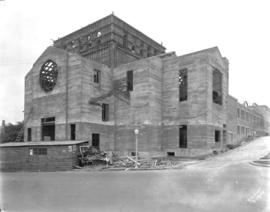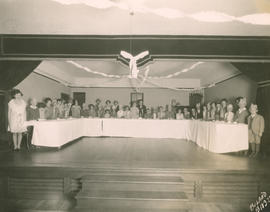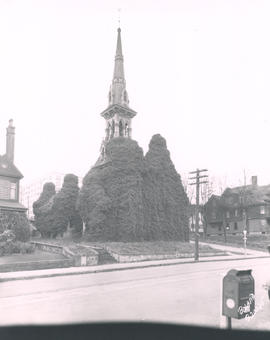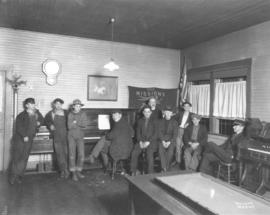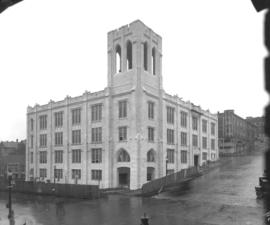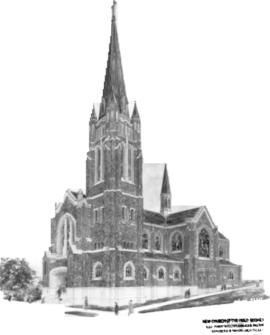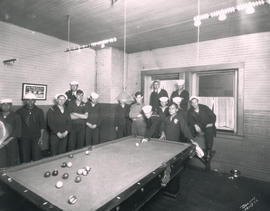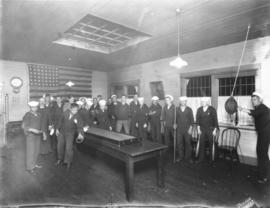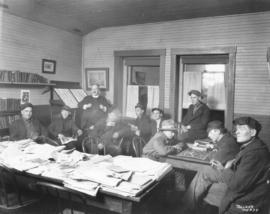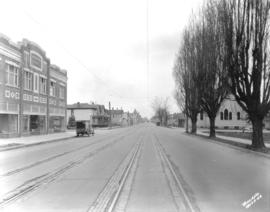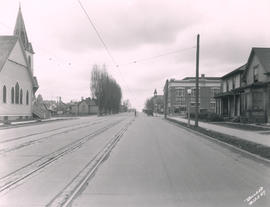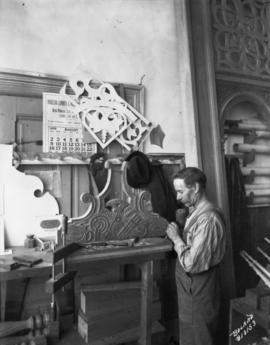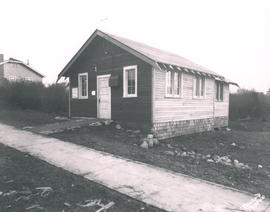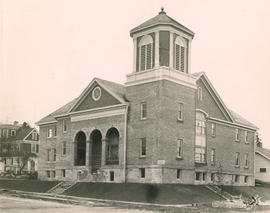- Item
- 1924-08-13
Part of Marvin Boland Photographs
By August of 1924, construction of the massive First Presbyterian Church at 20 Tacoma Avenue South was well underway. Ground had been broken in October of 1923 and the cornerstone laid in early May of 1924. The church, located in the historic Stadium District, was the third building for its congregation. The local architectural firm of Sutton, Whitney & Dugan were given the contract to design this beautiful example of Romanesque architecture. They were assisted by noted Boston church architects, Cram & Ferguson. Ralph Adams Cram would design the church's interior features including the rich wood carvings and stained glass windows. First Presbyterian was dedicated in September of 1925. TPL-516; G22.1-201; BU-11,528
First Presbyterian Church (Tacoma); Presbyterian churches--Tacoma; Building construction--Tacoma--1920-1930;
